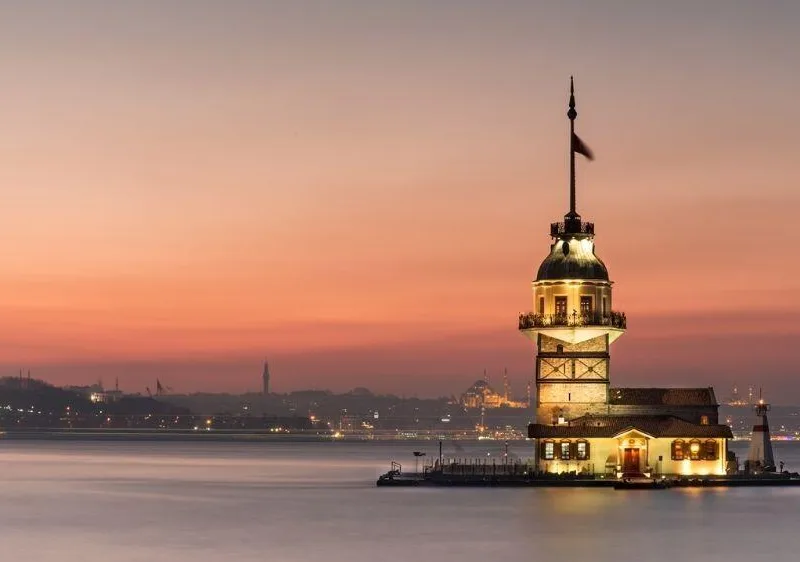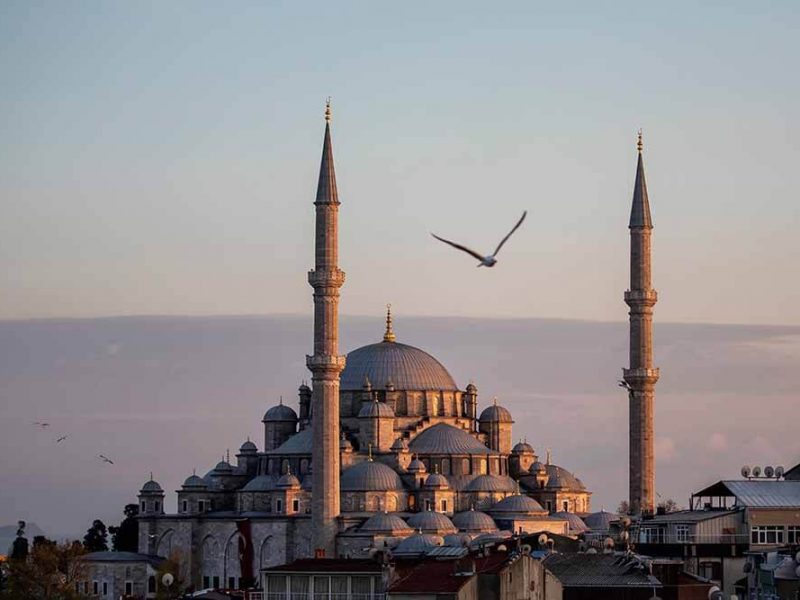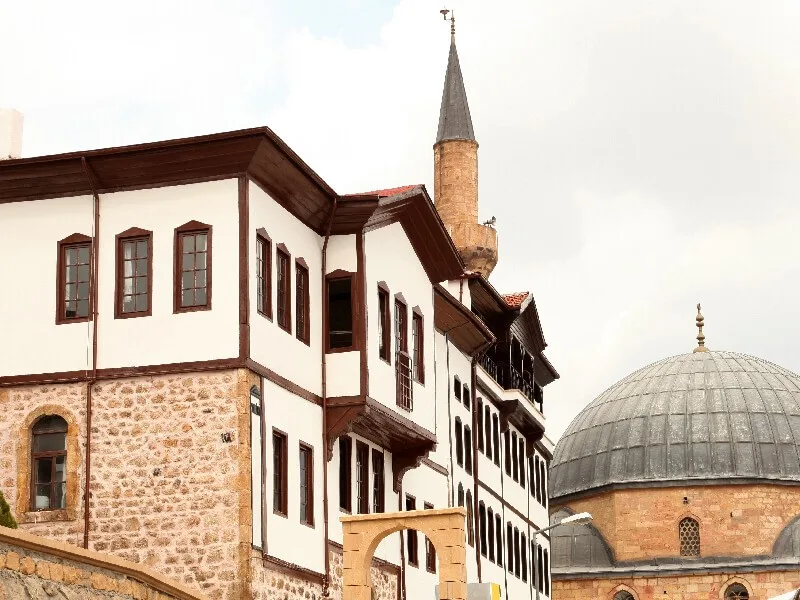Famous for its beautiful ceramics and thermal springs, Kütahya is one of the hidden paradises of Anatolia. With its important place in national history, the province is situated in the Aegean Region. Being close to the cities of Afyon, Bilecik, Eskişehir, and Uşak, Kütahya really does have a great location. Its history dates back to the Phrygians, Lydians, Byzantines, and to the Ottoman Empire, which means the city offers many natural and ethnographic beauties. The nations (listed here in chronological order) that have lived in Kütahya are:
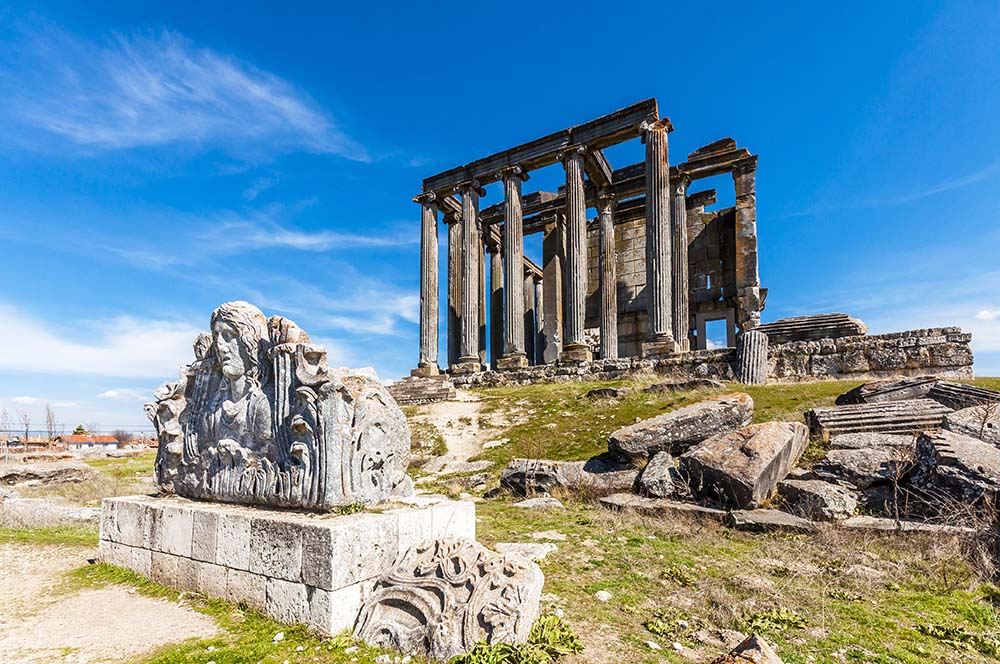
The Aizanoi Ancient City.
- Hittites
- Phrygians
- Lydians
- Persians
- Macedonians
- Romans
- East Roman Empire
- Anatolian Seljuk Empire
- Germiyans
- Ottoman Empire
Kütahya has lowland characteristics along with mountains, and there are few plains areas in the city.
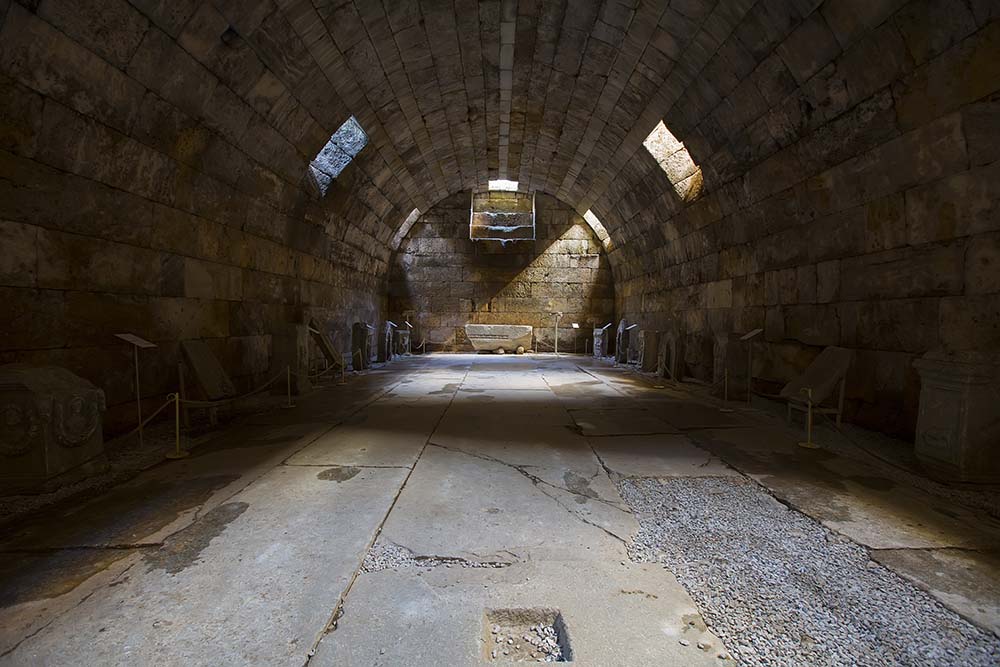
Temple of Zeus in Aizanoi, Cavdarhisar
Kütahya also holds a very special place in terms of fine arts. Artistic values reflected in mosques in the past have been renewed and improved upon over time. Tile art regarded as both a branch of art and a means of livelihood reflects the atmosphere of the past. Raw materials used for tile making are supplied from nearby cities; consisting of ferment, soil, and clay, these raw materials go through three processes: moulding, wheeling, and pressing.
1. Designs made with wheeling: plain platter making, flowerpot, sugar bowl and vase; 2. Designs made with moulding: bibelot, glass, ashtray and platter; 3. Designs made with pressing: decorated or plain plates.
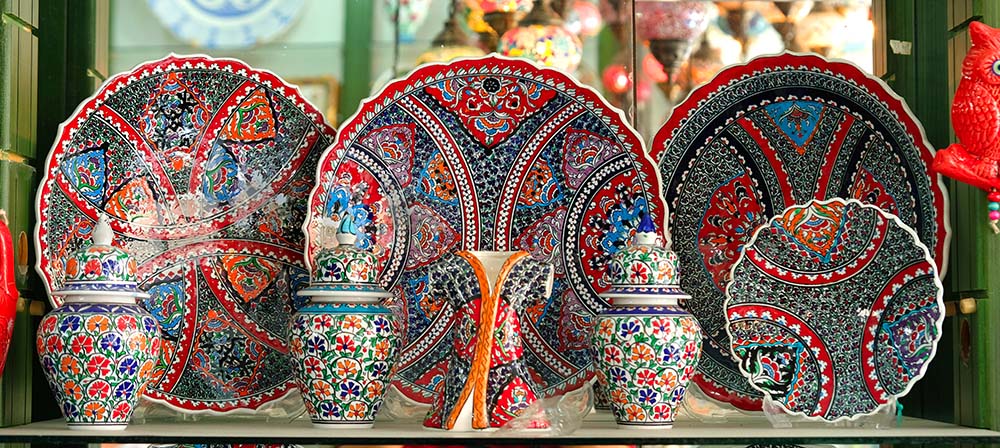
Turkish Ceramic Tiles
Places to Visit
Known for its richness in thermal tourism resorts, Kütahya is one of our many cities that is visited for healing. Thermal spring areas in the province are Yoncalı, Ilıca Harlek, Tavşanlı Göbel, Gediz, Murat Mountain, Emet, Simav Eynal, and Hisarcık. Apart from these, Kütahya also offers many historical beauties as well. These places include:
- Ulu Mosque, Ali Paşa Mosque, Yeşil Mosque, Karagöz Ahmet Paşa Mosque, Çinili Mosque
- Kütahya Tile Museum, Kütahya Archaeology Museum, Sadık Atakan Tile Museum
- Hungarian House (Kossuth House)
- Phrygian Valley
- Aizanoi Ancient City.
Kütahya Castle is perched on a hill and seems majestic when viewed from the city center. It includes an impressive tower, and Kütahya Castle is used as both a picnic area and it has a restaurant. Visitors who want to see the town of Kütahya from an aerial viewpoint love this place. Aizanoi Ancient City is a structure including a Turkish bath, theater, stadium, and temple.

Cimcik
Cuisine
A pasta dish called cimcik is one of the most famous dishes of the city. Other foods consumed often by the locals are products with poppy seed, pancake, filled pastries, muffin with tahina, soups, Kütahya fried meat, compote, and baklava.
How to Get There
Transportation to Kütahya has become much easier with the construction of the airport. In the past, only highway and railway transportation were available, and it was a student city, mostly; now, though, the city attracts a good number of visitors. If you prefer highway or rail, you can also enjoy a comfortable trip via those methods, since there is a solid infrastructure in place.

